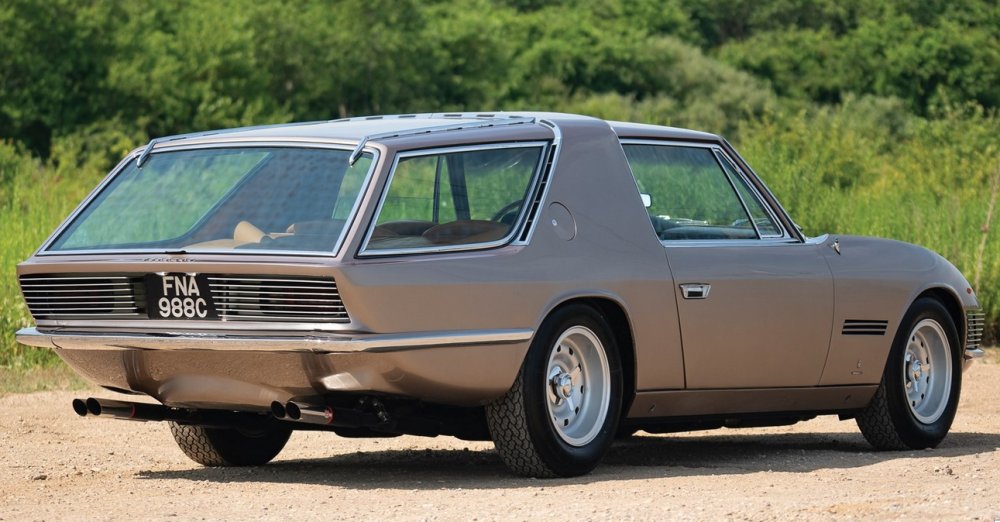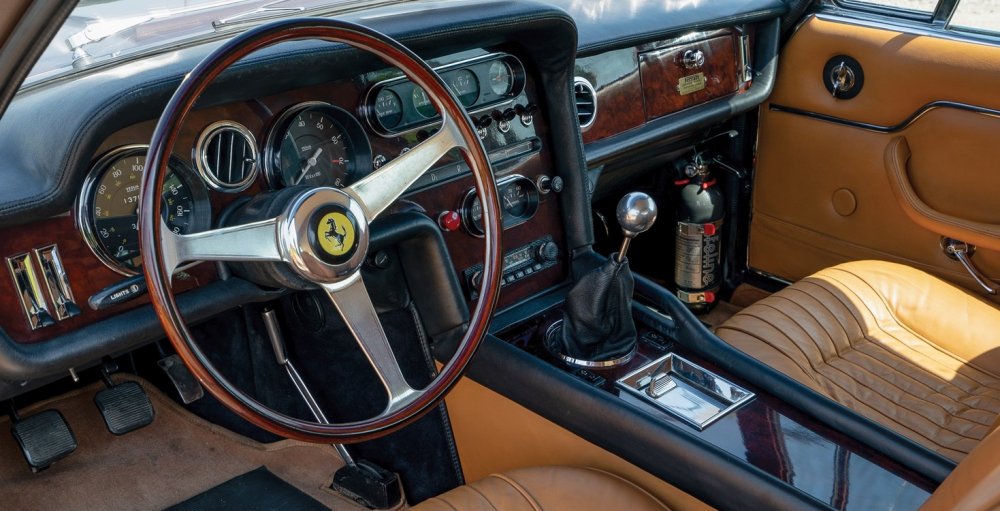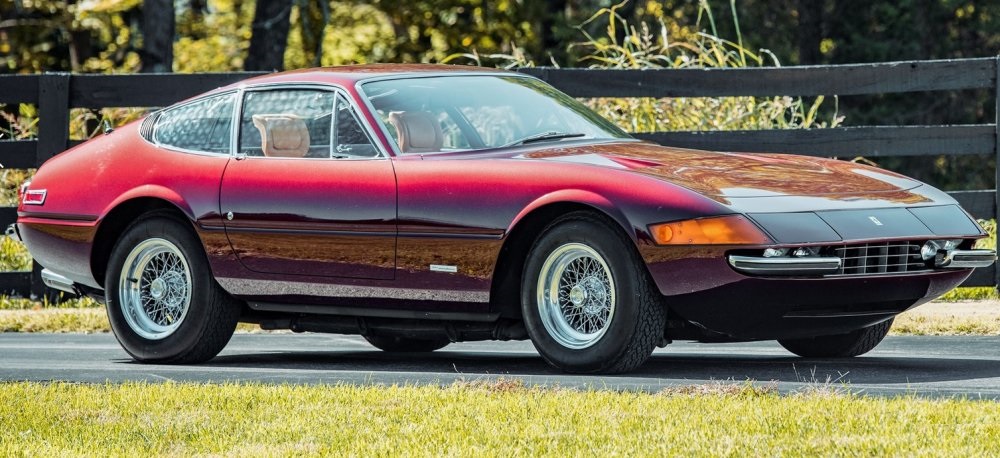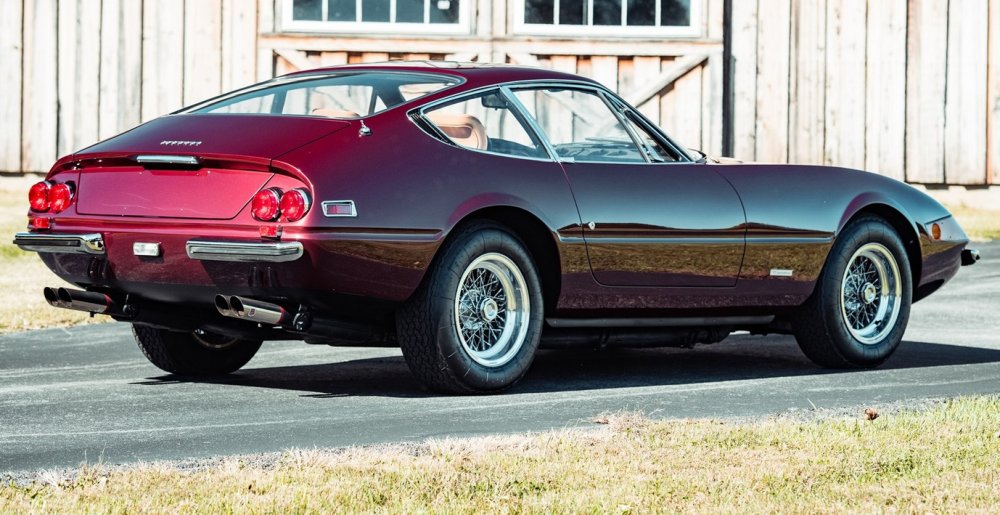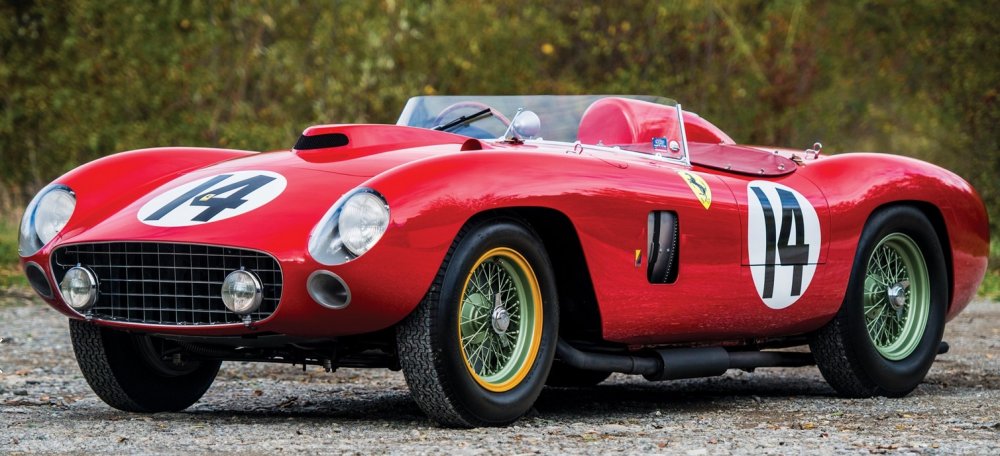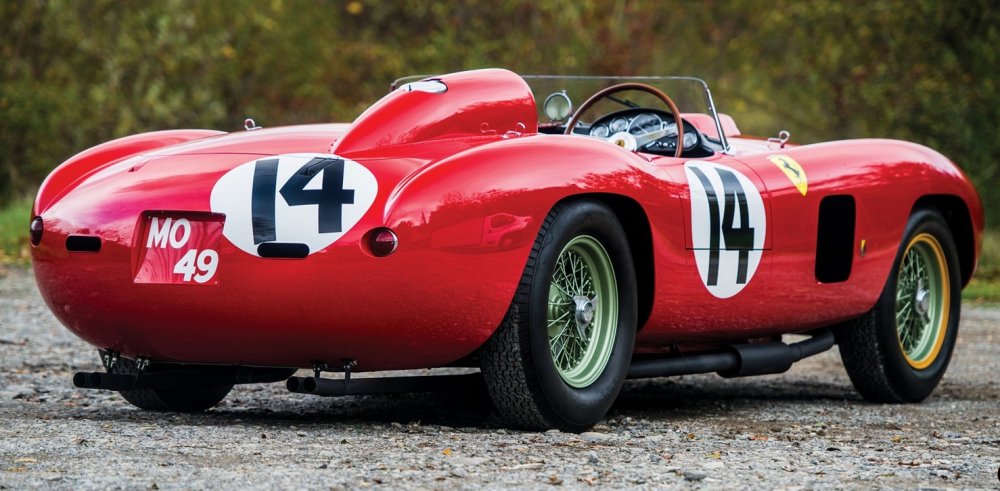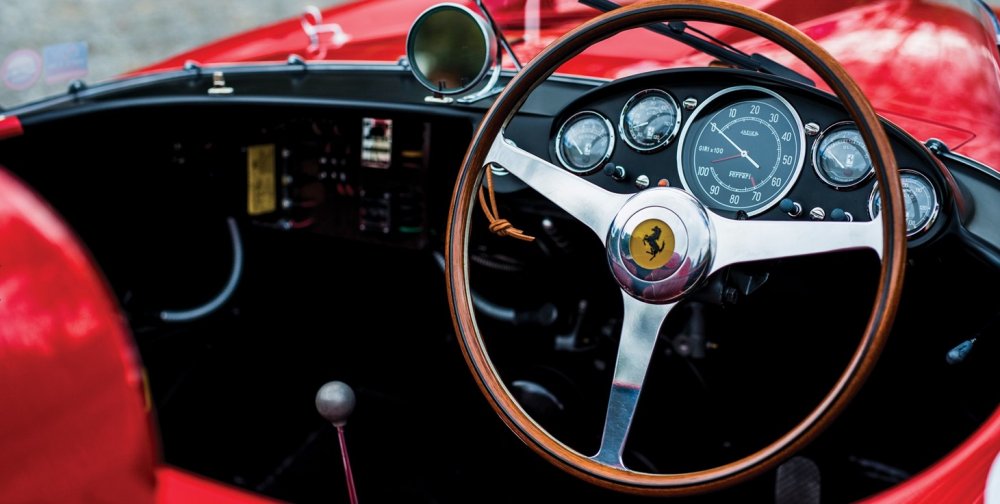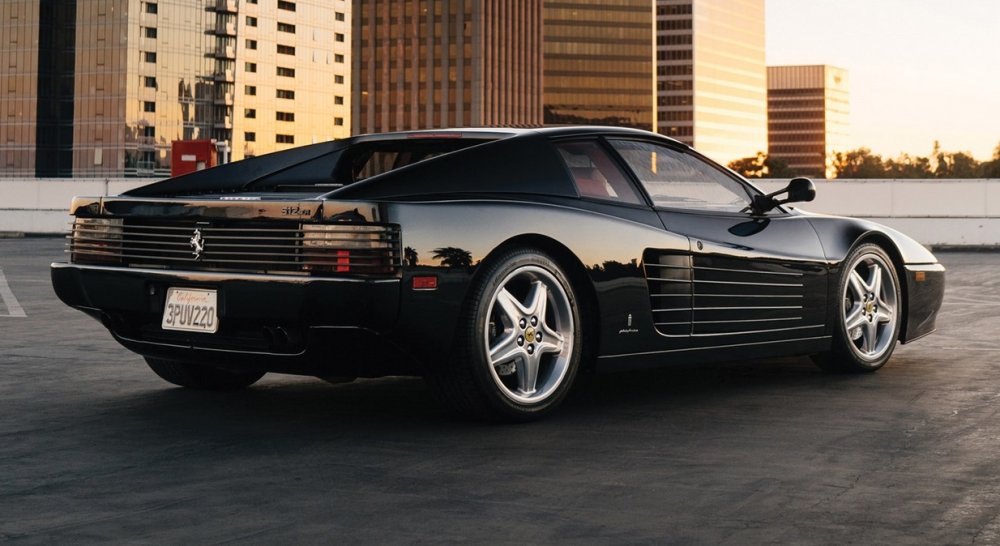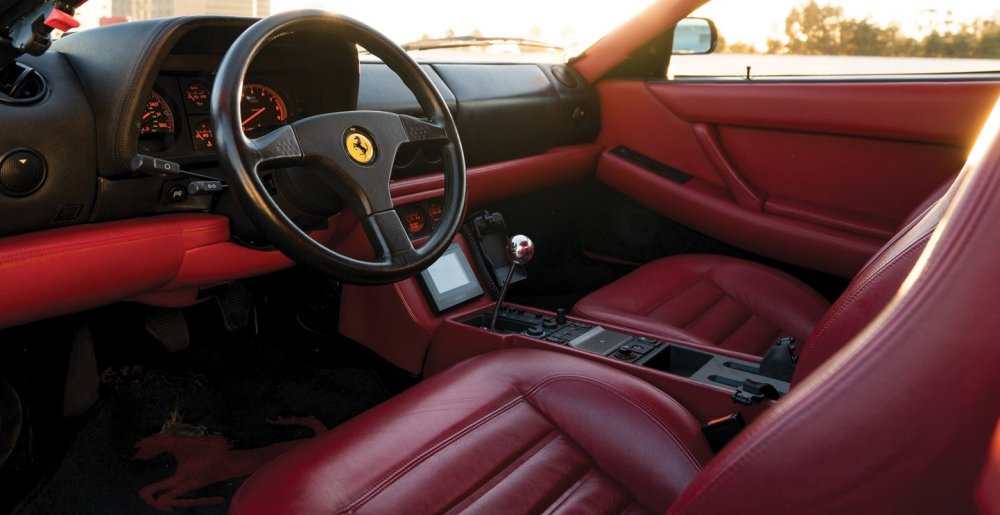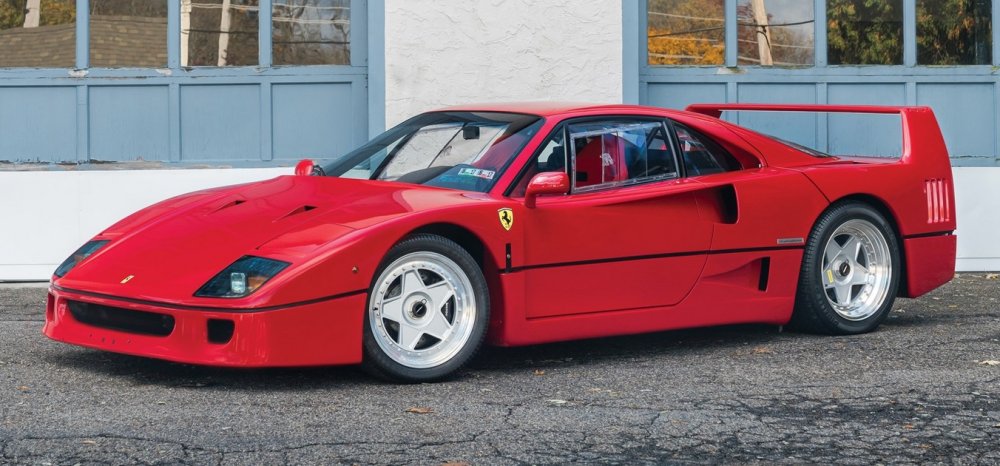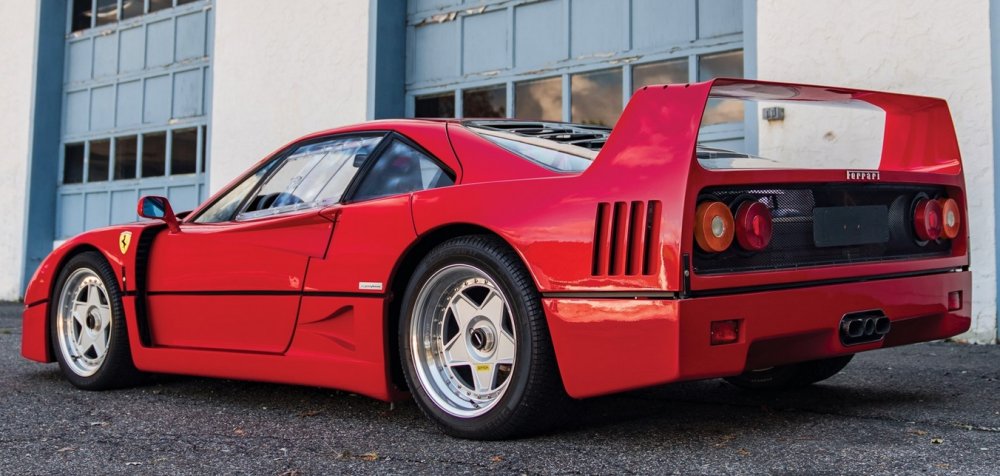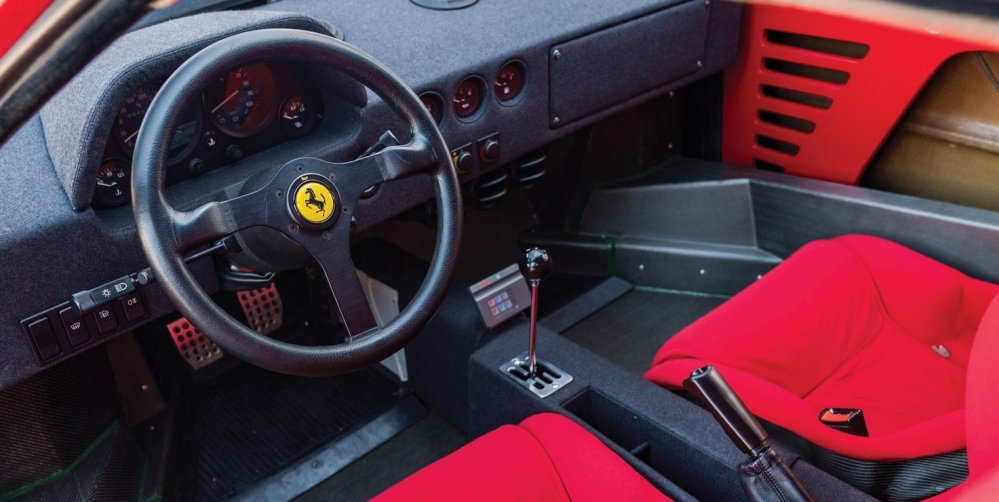Five Fastest & Finest Ferraris from the Peterson Museum Auction
Five of the greatest Ferrari models of all time hit the auction block in California.
The recent RM Soethby’s Peterson Automotive Museum Auction featured some of the most incredible collector’s vehicles in the world, and, of course, there were an amazing assortment of cars from Ferrari. While every one of these vehicles is impressive in its own right, we have selected our five favorite Ferraris from the Peterson Museum auction, with some being the fastest, some being the finest, and all of them having that special something that comes with a legendary Italian supercar.
1965 Ferrari 330 GT 2+2 Shooting Brake by Vignale
First up, the most unique car on our list is in the form of a 1965 Ferrari 330 GT 2+2 Shooting Brake by Vignale. This car came out of the factory as a 330 GT Series II and was sold as such in 1965, but in 1967, it was returned to the dealership and rebodied as the unique station wagon you see here.
The custom bodywork is elaborate, replacing the look of the 330 GT with a unique slant-nose design, but the big story with this Ferrari is the roofline. As the final Ferrari built by Carrozzeria Alfredo Vignale in Turin, Italy, this car sports a one-off shooting brake/station wagon design that increases rear passenger space and cargo space while introducing a look that was unlike anything that had come directly from the Italian automaker at that time.
Since the custom bodywork was done, this Ferrari has belonged to a handful of widely-known collectors, most recently residing in the collection of Jamiroquai lead singer “Jay Kay” Jason Cheetham.
At the upcoming Peterson museum auction, the custom Ferrari is expected to bring somewhere in the area of $550,000 to $750,000, so while it doesn’t sport Ferrari body panels, it still brings in classic Ferrari pricing.
1972 Ferrari 365 GTB/4 Daytona Berlinetta by Scaglietti
Prior to the introduction of the 365 GTB/4 in 1968, Ferrari road cars tended to have lots of curves. The fenders, quarter panels and front end design were rounded, but that all changed when the company rolled out the car that became unofficially known as the Daytona. The 365 GTB/4 packed proper V12 power, but what made this Italian supercar special was that it was the first Ferrari to sport the flattened look with an angular front end. That new look launched these cars into Ferrari’s history books, making these cars hot collectors items.
This particular 1972 Ferrari 365 GTB/4 Daytona Berlinetta is painted a rare Rosso Cordoba, which is darker than the red paint seen on many Ferraris of the era. It is chassis number 14999 and it was originally sold through a dealership in Connecticut. The car was moved to Texas in 1980s and placed in storage, where it rested for roughly 30 years. In 2013, it was sold to a collector in Germany, who had the car repainted by a Ferrari-approved shop in Italy and while there, a complete mechanical clean-up was performed.
As a result, this 1972 365 GTB/4 Daytona looks as amazing as it did the day that it rolled off of the assembly line, complete with Ferrari Classiche certification. It probably runs like its new, too, so it comes as little surprise that the auction company expects the closing price to be in the range of $725,000 to $825,000.
1956 Ferrari 290 MM by Scaglietti
The only race car on our list is also the most valuable Ferrari that will be sold at the Peterson Automotive Museum auction, while perhaps being one of the most valuable cars at the entire event. This 1956 Ferrari 290 MM is expected to bring $22,000,000 and $26,000,000 for a variety of reasons, including the basic rarity of the car, the racing success over the years and the long list of legendary drivers who spent time behind the wheel of this V12-powered race car.
This 1956 Ferrari 290 MM is chassis number 0628, being part of Ferrari’s official race team for the 1956 year. Originally powered by a four-cylinder engine, this 290 helped assemble a five-car sweep of the Millie Miglia that, with this car finishing second. Chassis 0628 would go on to pull down several other podium finishes for the 1956 racing season.
In 1957, this 290 MM was sent back to Ferrari, where the four-cylinder was replaced with a fresh V12. As part of the Scuderia team, chassis 0628 performed well in endurance races all over the world that year, swapping engines several times in the process, but the majority of the races were run with some variety of V12.
This 1956 Ferrari 290 MM left the official automaker racing team after the 1957 season, but as it changes hands over the next decade the car was still raced successfully. During that time, Dan Gurney and Stirling Moss both won races in this car before it went into a period of storage and restoration that lasted until the early 1980s. At that point, it was entered back into the vintage racing world until it was purchased by Microsoft executive Jon Shirley in 1998. He put the car through a three-year restoration process before the car hit the vintage race and show scene and when the current owner acquired it, he also had the car fully restored in 2011.
This is a legendary Ferrari race car with an incredible history and a handful of restorations that return this antique racer to its original glory.
1992 Ferrari 512 TR
If you were a kid growing up in the 1990s, the odds are good that you remember the arcade game Out Run, in which you piloted a Ferrari Testarossa along a twisty highway at high speeds. While the car itself was securing a place in the heart of adults who were old enough to drive, Out Run taught younger gearheads to love the famous Testarossa.
The Ferrari 512 TR was the updated version of the Testarossa, adding interior upgrades and 38 more horsepower over the car that we all loved in the old Sega video game. It offered sharper steering than the Testarossa, along with bigger brakes, a smoother gearbox and a top speed of 195 miles per hour.
This gorgeous black 512 TR has a modern security system and a premium sound system, so in addition to the classic performance, the buyer can enjoy the sounds and safety of the modern era. Best of all, with an expected selling price range of $140,000 to $170,000, this car is a bargain car at an auction like the Peterson museum event.
1989 Ferrari F40
Finally, we have saved what we consider to be the best for last.
Ferrari has made a long list of incredible performance cars in the company’s 79-year existence, but there are five cars considered to be the greatest to ever carry the Prancing Horse. The first was the 288 GTO in the mid-1980s, followed by the F40 and the F50 in the 1990s and most recently, we have the Enzo and LaFerrari. These cars are all very special, but some people will argue that the F40 is still the pinnacle of the company’s efforts.
The F40 was the final road car to be designed and engineered under the leadership of Enzo Ferrari. Crafted to celebrate the company’s 40th anniversary, the F40 offered a gorgeous exterior design that would lead to the angular models of today, while the twin turbocharged 2.9-liter V8 delivered 471 horsepower in European specifications, making it one of the most powerful road cars available at the time.
This particular car was sold to Italian businessman Stefano Casiraghi. He was best-known for marrying Princess Caroline of Monaco, but when he was killed in a boating accident at the age of 30, the F40 was sold several times before eventually landing in Pennsylvania where the current owner has enjoyed the legendary machine for the past few years.
This F40 has been certified by Ferrari Classiche that it retains its original chassis, engine, and gearbox, with this all-original supercar and brought in somewhere in the area of $1.5-million at the auction.


